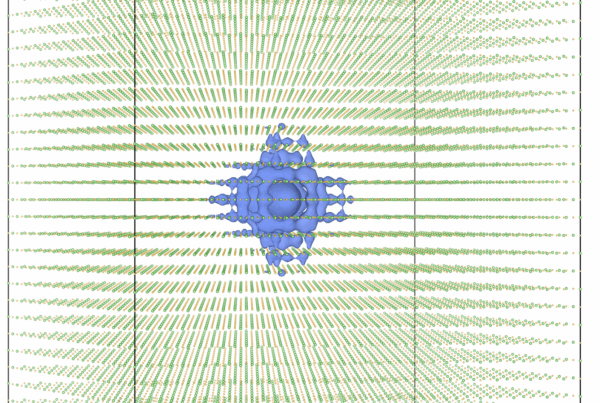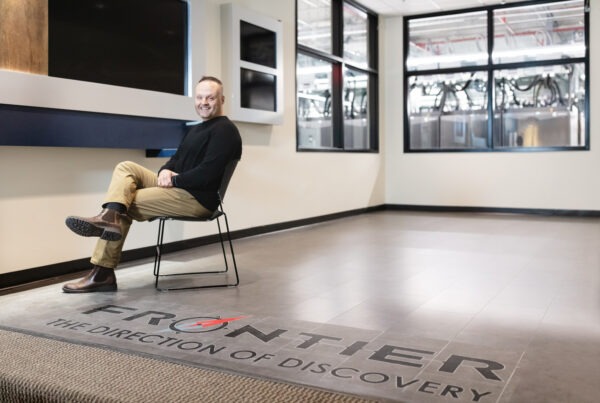by Dawn Levy
High energy physicists run on a treadmill that keeps speeding up. Their collider experiments smash particles at dazzling speeds and energies. Detectors identify and track the multitudes of smaller particles that fly out. With powerful new colliders crashing particles at ever-increasing energies, even more daughter particles are produced. The innovative Celeritas project, led by the Department of Energy’s Oak Ridge National Laboratory, provides a software tool that makes sure simulations used to analyze particles can run on the fastest supercomputers, accelerating answers about the nature of the universe.
Celeritas is Latin for speed. The Celeritas code stands out for its ability to run primarily on graphics processing units (GPUs), which excel at parallel processing. It is a major upgrade from simulations relying on traditional central processing units (CPUs), which shine at sequential tasks. If Celeritas can quickly crunch big data, it could accelerate knowledge acquisition from some of the world’s biggest physics experiments.
“Celeritas establishes ORNL as a focal point for high-performance computing in high energy physics,” said Seth Johnson of ORNL’s Computational Sciences and Engineering Division, who develops tools that optimize simulations running on leadership-class supercomputers.
Read the full story here: https://www.ornl.gov/news/celeritas-code-sets-fast-pace-particle-physics-discoveries






